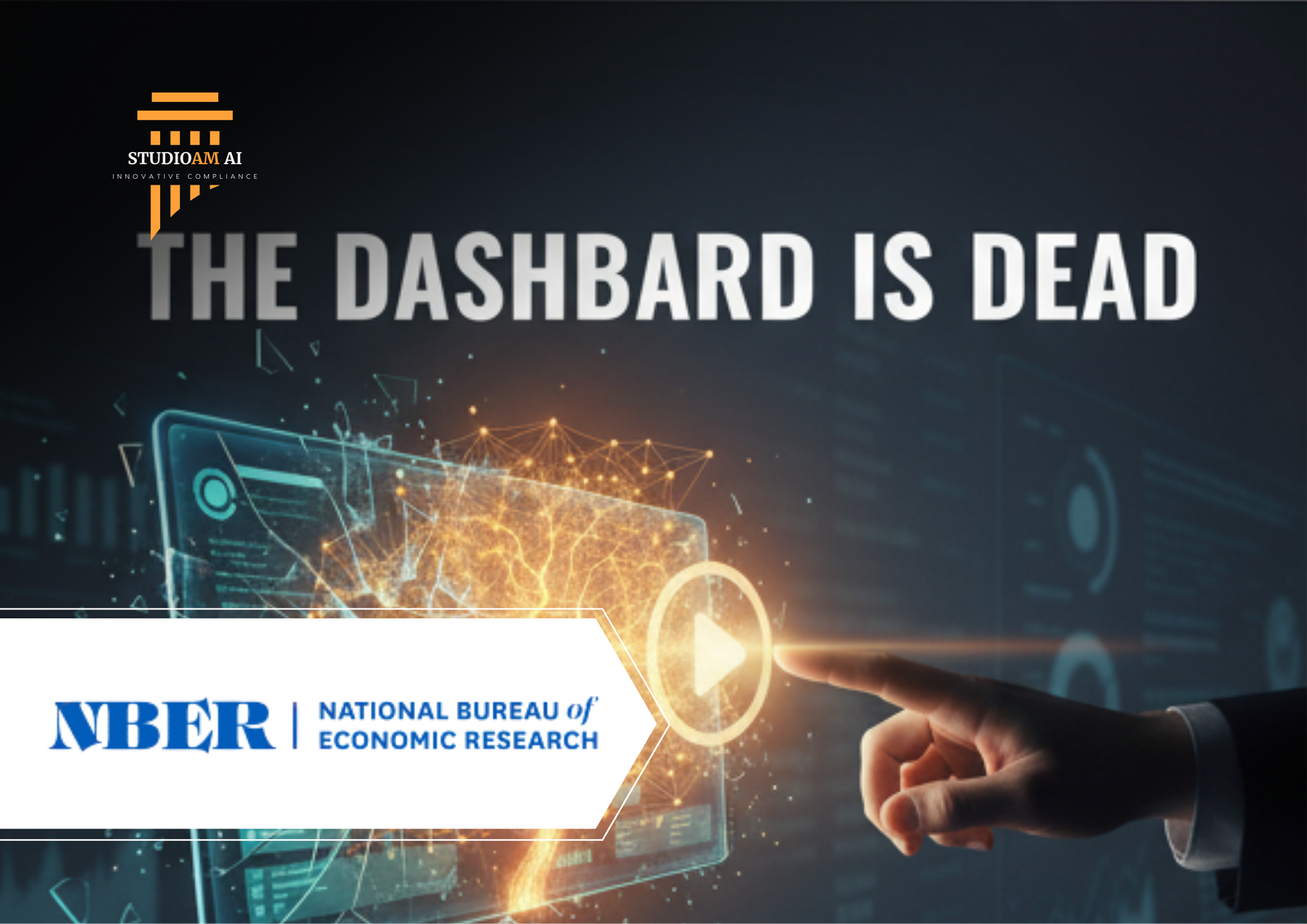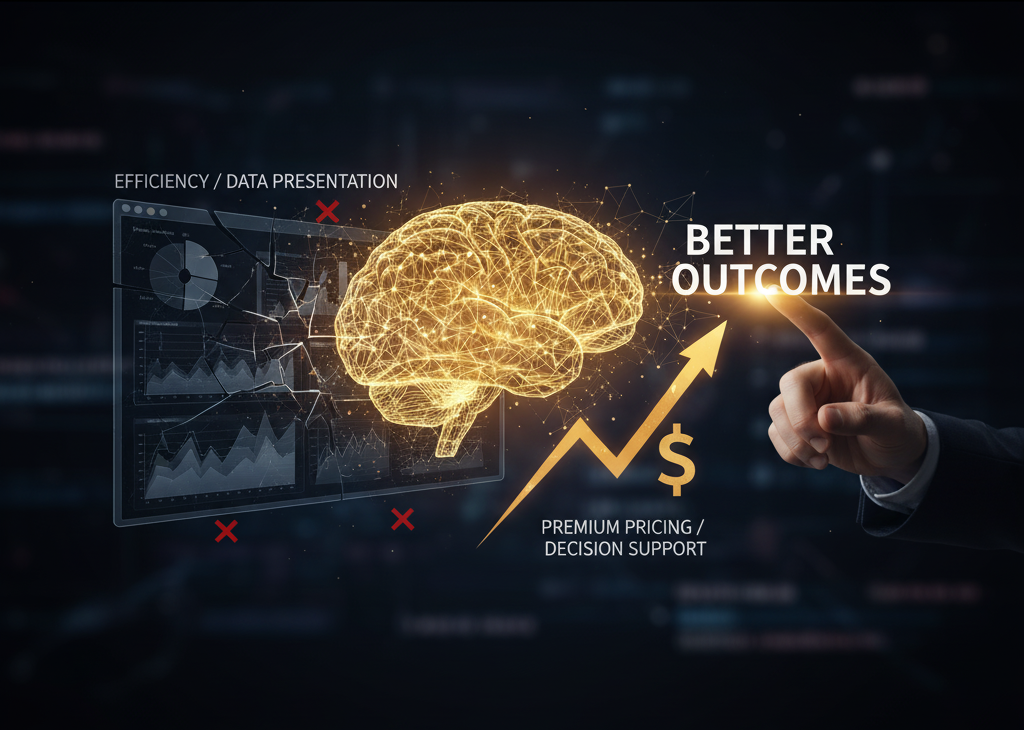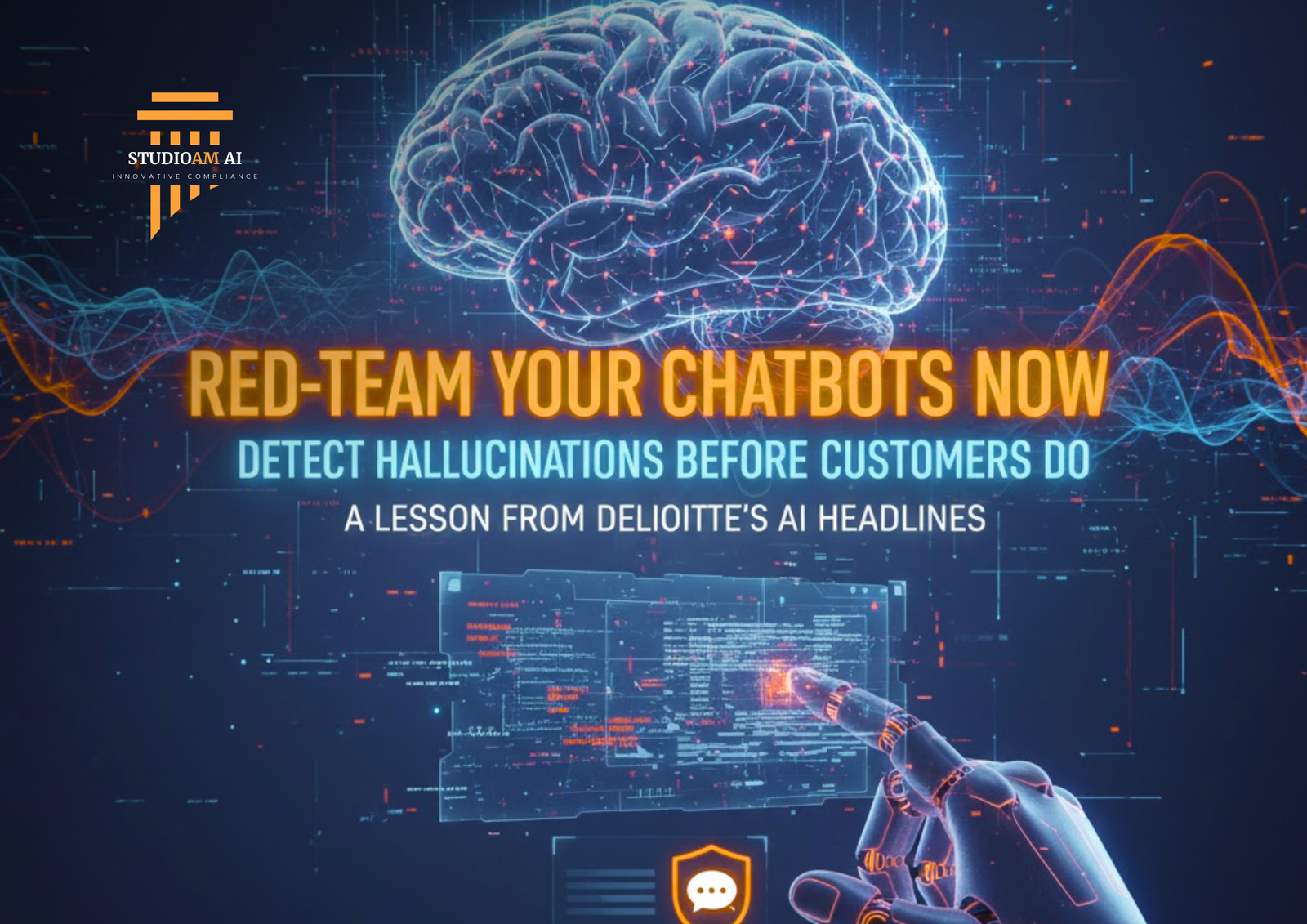
How to Capture Your Share of the $97 Billion AI Decision Economy
Read the full "How People Use ChatGPT" NBER working paper

Introduction
The most comprehensive study of AI usage in history has just shattered everything we thought we knew about how people actually use artificial intelligence. A groundbreaking analysis of 18 billion ChatGPT messages from 700 million users—representing roughly 10% of the global adult population—reveals patterns that should fundamentally reshape every business strategy involving AI [1].
The Surprising Reality of AI Adoption
The National Bureau of Economic Research study uncovered several shocking findings that contradict popular narratives about AI:
- The Personal AI Revolution: While businesses obsess over workplace AI, 73% of ChatGPT usage is actually personal, up from just 53% a year ago. The real AI revolution is happening at home, not in the office.
- The Coding Myth Debunked: Despite widespread fears about AI replacing programmers, only 4.2% of messages involve computer programming—far less than the 33% seen in developer-focused tools like Claude.
- The Gender Gap That Vanished: In just 30 months, ChatGPT usage shifted from 80% male users to a slight female majority, demonstrating that AI adoption patterns can change far faster than anyone predicted.
- The Youth Takeover: Nearly 50% of all messages come from users under 26, suggesting that AI-native behaviors will soon become the standard expectation across all digital interactions.
- The Global South Surge: The fastest growth is occurring in low- and middle-income countries, challenging assumptions about technology access and revealing AI's democratizing potential.
But buried within these headline-grabbing statistics lies the most important business insight of all: AI generated $97 billion in consumer surplus in 2024 alone—and it wasn't from task automation. It was from helping people make better decisions.
The Hidden Pattern That Changes Everything
When researchers dove deep into how people actually interact with AI, they discovered something that should fundamentally change how every B2B software company thinks about artificial intelligence. While most businesses are racing to automate tasks with AI, they're missing the real goldmine.
The study reveals that 49% of ChatGPT messages involve "asking" questions, while 40% involve "doing" tasks. Here's the crucial insight: the "asking" messages consistently receive higher quality ratings from users.
This isn't just a statistical curiosity. It reveals that the highest value AI provides isn't in replacing human work, but in enhancing human judgment. The study's authors put it bluntly:
“ChatGPT likely improves worker output by providing decision support, which is especially important in knowledge-intensive jobs where better decision-making increases productivity.”
Why Decision Support Commands Premium Pricing
Consider what this means for software businesses. When users turn to AI for decision support, they're not looking for efficiency—they're looking for better outcomes. And people pay significantly more for better outcomes than they do for faster processes.
Most B2B software companies are still building what could be called "dashboard products"—tools that present data and expect humans to figure out what to do with it. But the ChatGPT research reveals that users increasingly want AI to help them interpret that data and recommend actions.

The Four Pillars of Decision Support Monetization
Based on the research findings, successful B2B companies should restructure their products around four key decision-support capabilities:
- Context-Aware Analysis: Rather than presenting raw data, AI should understand the user's specific situation, goals, and constraints.
- Recommendation Engines: Users don't want more information—they want better decisions. Build AI that doesn't just show what happened, but recommends what should happen next.
- Conversational Interfaces: The shift toward conversational AI as a search substitute means products should let users ask questions in natural language and get specific, actionable answers.
- Outcome Tracking: Since decision support is about better outcomes, not faster processes, companies need to measure and demonstrate the quality of decisions their AI helps users make.
The $97 Billion Question
The NBER study reveals that AI-powered decision support generated $97 billion in consumer value in just one year—and that's from a general-purpose tool. The demographic trends show this market is expanding rapidly: youth adoption, global growth, and the shift from work to personal use all indicate that demand for decision support will only accelerate.
This opportunity is particularly pronounced in specialized sectors like compliance software, where AI adoption remains in early stages. While only 25% of financial institutions have integrated AI into their strategic playbook according to recent industry surveys [2], the ChatGPT research shows that knowledge workers—the primary users of compliance tools—are already experiencing AI-powered decision support in their personal lives. This creates a significant expectation gap that compliance software providers must address.
The question isn't whether customers will expect AI-powered decision support. The ChatGPT data shows they already do. The question is whether companies will build it before their competitors do. The organizations that recognize decision support as AI's highest-value use case—and restructure their products accordingly—will capture disproportionate value in the AI economy.
References
- Chatterji, A., Cunningham, T., Deming, D. J., Hitzig, Z., Ong, C., Shan, C. Y., & Wadman, K. (2025). How People Use ChatGPT (Working Paper No. 34255). National Bureau of Economic Research. https://www.nber.org/papers/w34255
- Boston Consulting Group. (2025). For Banks, the AI Reckoning Has Arrived. BCG Publications. https://www.bcg.com/publications/2025/for-banks-the-ai-reckoning-has-arrived



